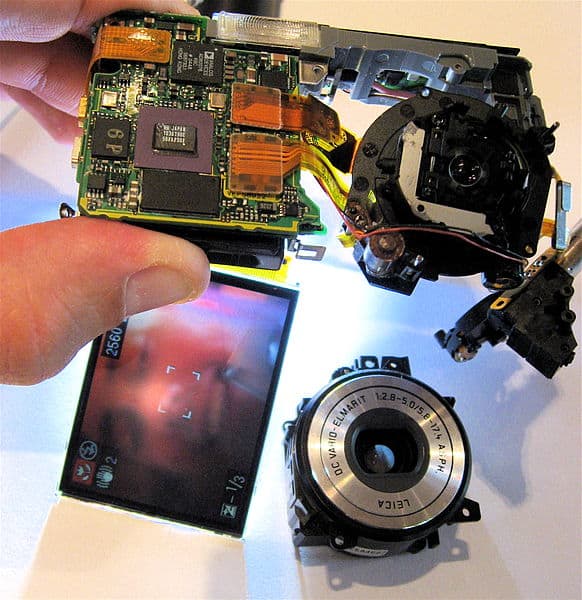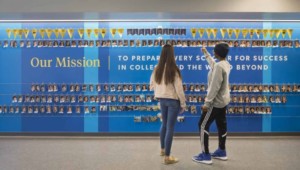The Classroom as Makerspace

Given the popularity of “maker culture” – think Maker Faire, Etsy, and all manner of Do-It-Yourself websites and television networks – it’s interesting that maker culture doesn’t seem to be common in the classroom yet. It may seem counterintuitive, but classrooms and maker culture might just turn out to be a perfect match for each other.
In an interview with the Austin Chronicle, founder of MAKE magazine Dale Dougherty discussed the possibilities and promise of learning by making. Making things engages students, challenges them, and builds their creativity and confidence. For example, MAKE Magazine recently featured a short piece about an English teacher who teaches his students through the act of making and working on projects that they choose.
However, Dougherty points out that would-be makers often face a stumbling block: a lack of makerspaces. Makerspaces are more than simply spaces to make things in. They provide makers with access to tools, supplies, and equipment, and often with a community and resources to learn more about a particular topic or troubleshoot a project. Lucky students have makerspaces in their parents’ garage or at a local museum, library, or other organization. And the unlucky ones? That’s where public school comes in.
The institution of public education is uniquely positioned to offer access to makerspaces and all of the benefits they provide (from specialized tools to a community of knowledgeable and creative peers) to all students because public schools exist where the students exist, and attendance is mandatory. As Dougherty noted in the interview with the Austin Chronicle, “I think the hardest place and most important place is to get them into schools, because they’ll reach more people.”
A systematic approach to building and funding makerspaces in schools could be developed to streamline their introduction, along with professional development for teachers, and the effort could benefit from economies of scale. Such a distribution of makerspaces would overcome the lack of makerspaces in some cities and could provide appropriate safety and supervision for students of varying ages. But does institutionalization crush the maker spirit and would mandatory attendance squash the educational promise of learning by making?
Check out MakerEd.org for resources on bringing makerculture to the classroom, including projects and activities, grants, and training opportunities for educators.
Image (cc) Steve Jurvetson




Tom Vander Ark
I visited an Columbus area high school last week that is converting a library into a fab lab; cool to see more high tech hands on production in schools